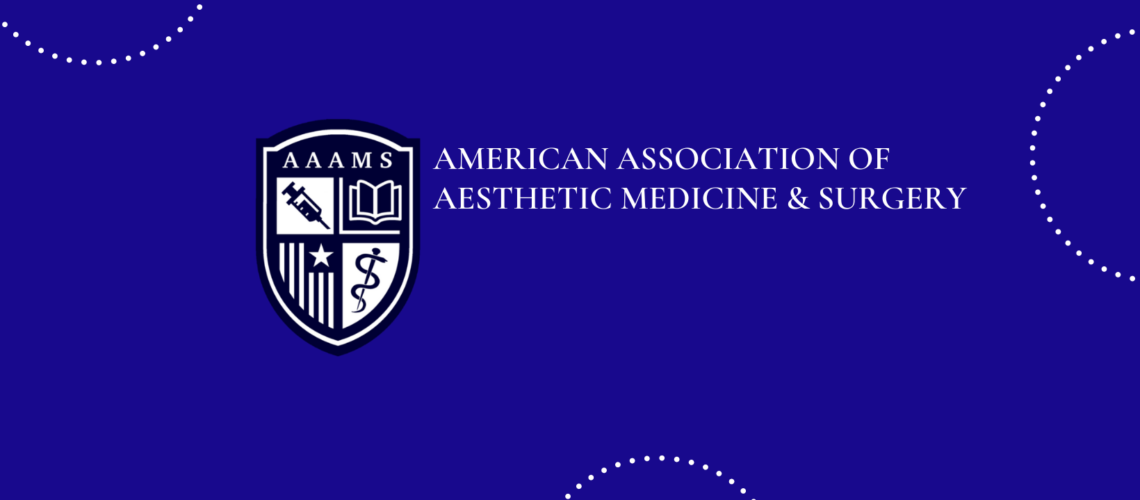Facial Aesthetics 101 is a robust, 17-hour self-paced aesthetic training program that you can complete from the comfort of your own home. Within this course, you will be exposed to multiple training videos, demos, and various case studies. The series includes Introduction to Aesthetics, Botulinum Toxins 101, and Dermal Fillers 101. Before you start your aesthetic training journey, here are four things you will learn from the Facial Aesthetic Series.
Overview of the Facial Anatomy
You need a basic understanding of complex facial anatomy to perform aesthetic procedures. In this program, you will learn about the specific muscle, vessel, and nerve networks that are interconnected to every facial expression along with how the aging process affects the skin.
The goal is to work with the shape and structure of the face to provide a natural yet youthful look. Botox and dermal fillers are injected into the skin and muscle, and if done incorrectly, they can cause serious problems like drooping, bleeding, swelling, and unbalanced results. It is important to commit the facial anatomy to memory in order to keep your patients safe and reduce the chance of risks in the future.
Dermal Filler and Botox Techniques
Knowing how to perform the proper technique is just as important as knowing facial anatomy. Because the facial regions differ in elasticity and depth, they require specific techniques to be properly injected. During the dermal filler training, you will learn techniques such as tunneling, point, and stretching. You will also learn dual-plane applications that can be used together in a single treatment area.
Each patient has their own unique combination of features and must be approached as an individual to guarantee the best results. To make sure you are able to handle the techniques, part of your training will include the hands-on experience to successfully add injectables to your practice.
The Different Injectable Classes
Knowing the proper technique for injections is one thing, but you can’t perform injections effectively without knowing how to identify the different classes. Injectables, like Hyaluronic Acid and Poly-L-Lactic Acid, are formulated in multiple classes and compositions for a wide range of uses. You will learn the different classes of injectables and the needs they are designed for, such as erasing superficial facial lines or delivering large amounts of volume in the deeper facial planes. It is crucial to know when to use the right one to make sure your patient receives their desired look.
How to Reduce and Avoid Risk
With any procedure, there are always potential side effects and complications that you must be aware of. Knowing what could happen can prepare you to treat the problem if it actually occurs. You will need to understand the different effects ranging from erythema, reddening that can last up to a couple of hours after the procedure, to angioedema, a skin reaction that causes swelling for a few days. These effects and complications do not happen frequently, but it is always beneficial to be prepared. Early prevention can avert any complications before they become too serious.
This course does not certify you to perform botox and fillers, but it will help you become familiar with the skills you need in your aesthetics journey. If you are looking to become certified to inject botox and fillers, consider registering for Hybrid Aesthetics 101 or Virtual Aesthetics 101. Also, if you’re not ready for the full Facial Aesthetic Series, you can enroll in mini-courses like Botox Training or Dermal Fillers Training.

